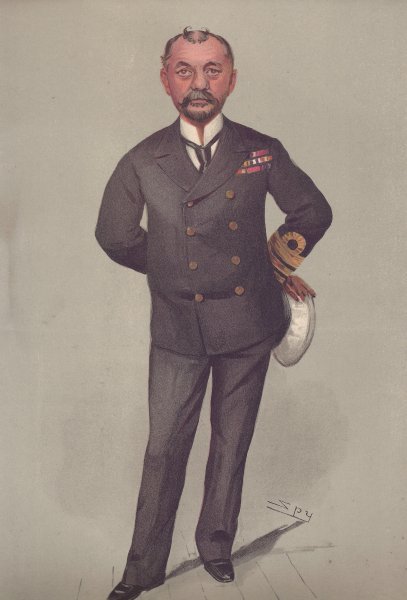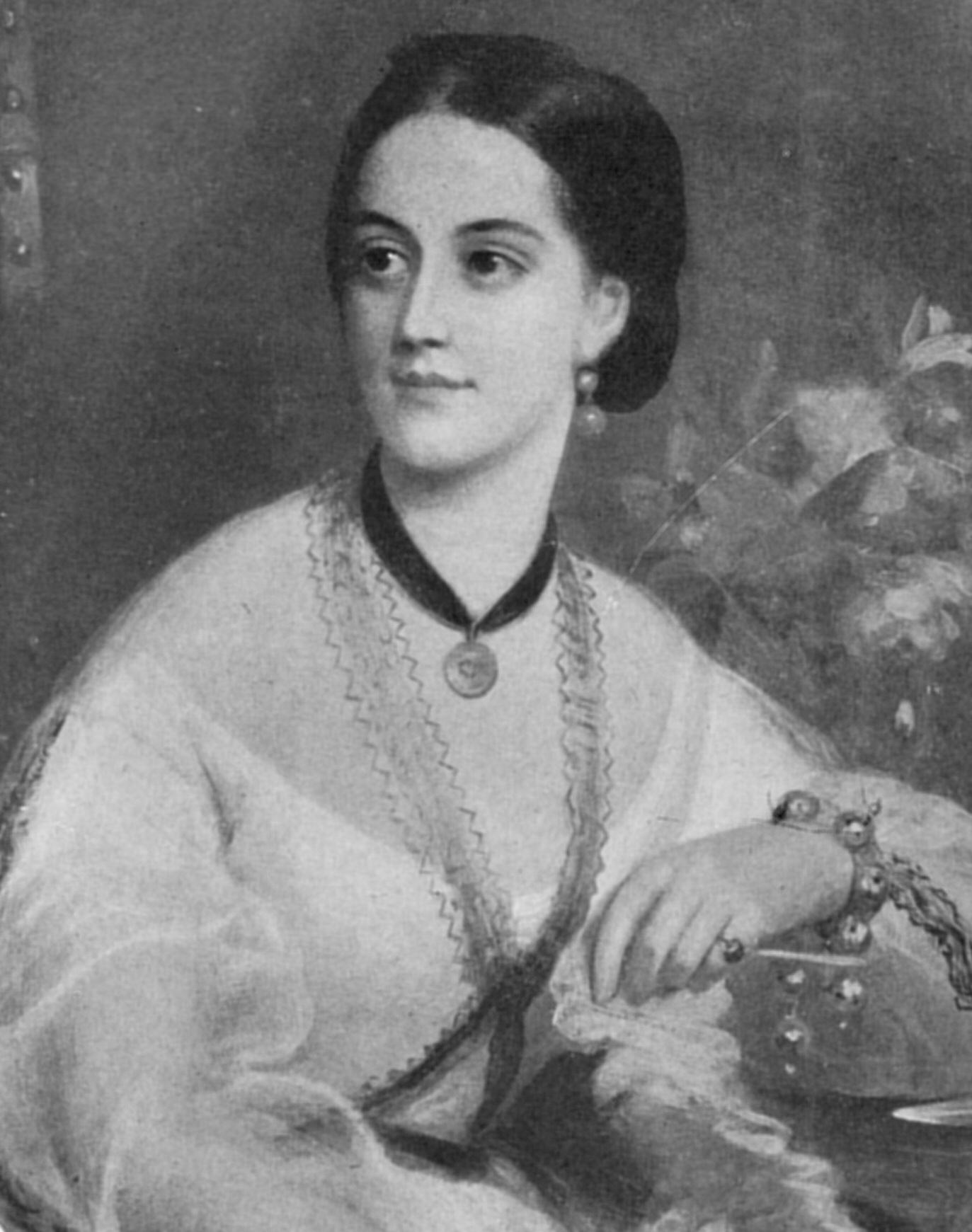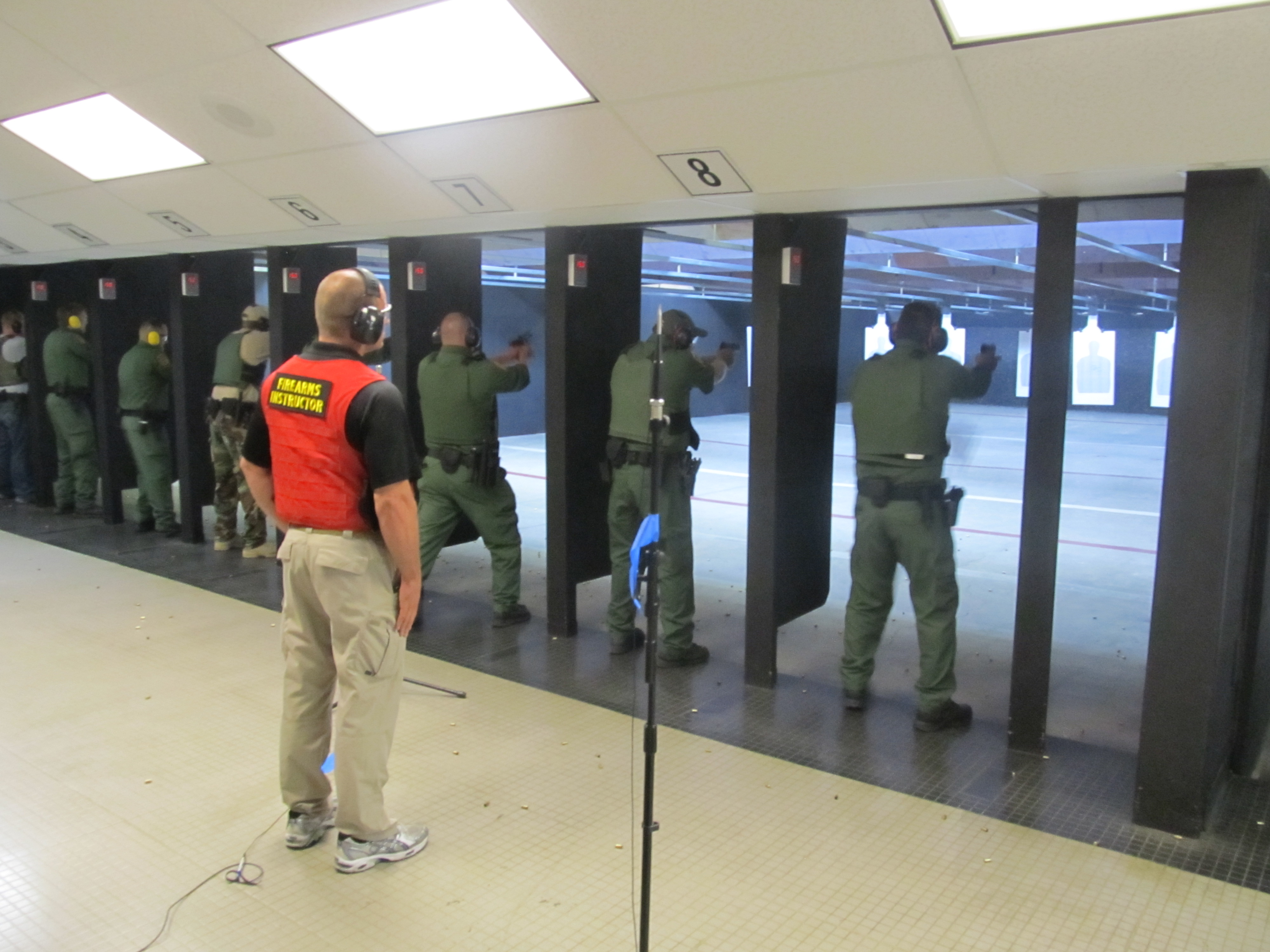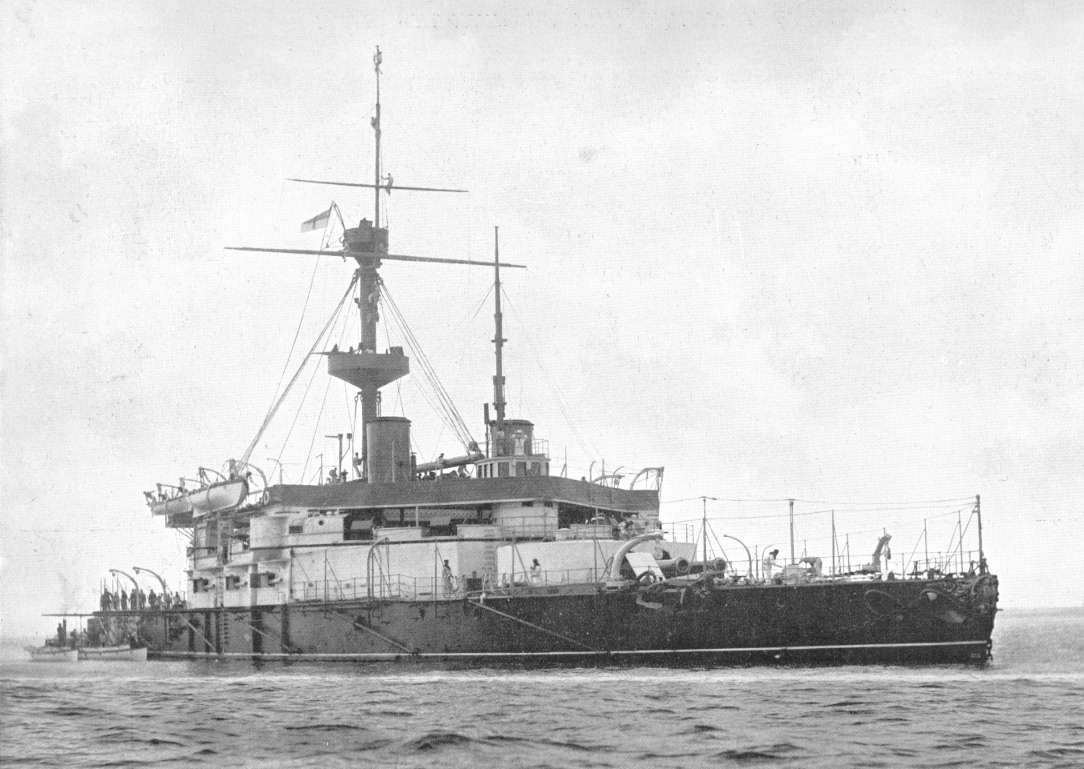|
HMS Excellent (shore Establishment)
HMS ''Excellent'' is a Royal Navy "stone frigate" (shore establishment) sited on Whale Island, Hampshire, Whale Island near Portsmouth in Hampshire. HMS ''Excellent'' is itself part of the Maritime Warfare School, with a headquarters at HMS Collingwood (shore establishment), HMS ''Collingwood'', although a number of lodger units are resident within the site including the offices of the First Sea Lord. History RN Gunnery School afloat In the 1829 a Commander George Smith advocated the establishment of a Naval School of Gunnery; accordingly, the following year, the third-rate HMS Excellent (1787), HMS ''Excellent'' was converted into a training ship and moored just north of Portsmouth Dockyard, opposite Fareham Creek. Smith was given oversight and set up ''Excellent'' not only as a training establishment but also as a platform for experimental firing of new weapons (the creek was used as a firing range). In 1832 Smith was replaced in command by Thomas Hastings (Royal Navy officer ... [...More Info...] [...Related Items...] OR: [Wikipedia] [Google] [Baidu] |
Whale Island, Hampshire
Whale Island is a small island in Portsmouth Harbour, close by Portsea Island. It is home to HMS ''Excellent'', the oldest shore training establishment within the Royal Navy, and the location of the Navy Command Headquarters. The island is linked to Portsea Island and thence to the mainland by road bridges. Early history Ordnance Survey maps of Portsmouth Harbour from 1862 show Whale Island as a narrow strip: its east-to-west dimensions were similar to present times, but north to south it measured only tens of yards. To its northwest was Little Whale Island.Maps, documents and photographs on display in the Quarterdeck building, HMS Excellent. Modern Whale Island is predominantly reclaimed land, using the deposits dredged from Portsmouth harbour during the 19th century, increasing the land area by about 125%. It was constructed with the help of the many prisoners taken in the Napoleonic Wars. Expansion During 1867 a viaduct was constructed from the north wall of the dock ... [...More Info...] [...Related Items...] OR: [Wikipedia] [Google] [Baidu] |
Thomas Hastings (Royal Navy Officer)
Admiral Sir Thomas Hastings, KCB DL (3 July 1790 – 3 January 1870) was an innovator, instructor, and distinguished officer of the Royal Navy. He was renowned as an expert gunner, and some believe him to be the first officer to take a truly scientific approach to gunnery. Biography Hastings was born on 3 July 1790, the third son (and fifth child) of Rev. James Hastings (later Rector of Martley, Worcestershire) and Elizabeth (''née'' Paget). He was brother to Sir Charles Hastings (founder of the British Medical Association). Another brother, Francis Decimus Hastings (1796–1869), also served in the Royal Navy from the age of twelve, reaching the rank of Rear-Admiral in 1859 having been obliged to relinquish active service because of his wounds, hardships and length of service. On 29 April 1812, Hastings participated in an attack led by Captain Thomas Ussher on French privateers of Málaga, in which he performed admirably, commanding twenty men in the attack. In 1814, ... [...More Info...] [...Related Items...] OR: [Wikipedia] [Google] [Baidu] |
Percy Scott
Admiral Sir Percy Moreton Scott, 1st Baronet, (10 July 1853 – 18 October 1924) was a British Royal Navy officer and a pioneer in modern naval gunnery. During his career he proved to be an engineer and problem solver of some considerable foresight, ingenuity and tenacity. He did not, however, endear himself to the Navy establishment for his regular outspoken criticism of the Navy's conservatism and resistance to change and this undoubtedly slowed the acceptance of his most important ideas, notably the introduction of directed firing. In spite of this, his vision proved correct most of the time and he rose to the rank of admiral and amongst other honours was made baronet, a hereditary title. Early years Scott was educated at Eastman's Royal Naval Academy, Southsea, and entered the navy as a cadet in 1866, at the age of thirteen, and in 1868 received a post on HMS ''Forte'', a 50-gun frigate. He served in the Third Anglo-Ashanti War and was based at Cape Coast Castle. He ... [...More Info...] [...Related Items...] OR: [Wikipedia] [Google] [Baidu] |
HMS Vernon (shore Establishment)
HMS ''Vernon'' was a shore establishment or "stone frigate" of the Royal Navy in Portsmouth. ''Vernon'' was established on 26 April 1876, as the Royal Navy's Torpedo Branch also known as the Torpedo School, named after the ship which served as part of its floating base. After the First World War, HMS ''Vernon'' moved ashore, taking over the Gunwharf site, where it continued to operate until 1 April 1996, when the various elements comprising the establishment were split up and moved to different commands. Foundation and early history The second ship to be called ended her career laid up in Chatham Dockyard as a floating coaling jetty. In 1872, she was moved to become a tender to for torpedo and mining training. In 1874, she was joined by , an iron screw torpedo vessel. ''Vesuvius'' was attached as an Experimental Tender for the conduct of torpedo trials, and remained in the role until 1923. On 26 April 1876, ''Vernon'' was joined by the former steam frigate and the lighter ... [...More Info...] [...Related Items...] OR: [Wikipedia] [Google] [Baidu] |
Jacky Fisher
Admiral of the Fleet John Arbuthnot Fisher, 1st Baron Fisher, (25 January 1841 – 10 July 1920), commonly known as Jacky or Jackie Fisher, was a British Admiral of the Fleet. His efforts to reform the Royal Navy helped to usher in an era of modernisation which saw the supersession of wooden sailing ships armed with muzzle-loading cannon by steel-hulled battlecruisers, submarines and the first aircraft carriers. Fisher has a reputation as an innovator, strategist and developer of the navy rather than as a seagoing admiral involved in major battles, although in his career he experienced all these things. When appointed First Sea Lord in 1904 he removed from active service 150 ships which were no longer useful and set about constructing modern replacements, developing a modern fleet prepared to meet Germany during the First World War. Fisher saw the need to improve the range, accuracy and rate-of-fire of naval gunnery, and became an early proponent of the use of the torpedo, wh ... [...More Info...] [...Related Items...] OR: [Wikipedia] [Google] [Baidu] |
Torpedo
A modern torpedo is an underwater ranged weapon launched above or below the water surface, self-propelled towards a target, with an explosive warhead designed to detonate either on contact with or in proximity to the target. Historically, such a device was called an automotive, automobile, locomotive, or fish torpedo; colloquially, a ''fish''. The term ''torpedo'' originally applied to a variety of devices, most of which would today be called mines. From about 1900, ''torpedo'' has been used strictly to designate a self-propelled underwater explosive device. While the 19th-century battleship had evolved primarily with a view to engagements between armored warships with large-caliber guns, the invention and refinement of torpedoes from the 1860s onwards allowed small torpedo boats and other lighter surface vessels, submarines/submersibles, even improvised fishing boats or frogmen, and later light aircraft, to destroy large ships without the need of large guns, though somet ... [...More Info...] [...Related Items...] OR: [Wikipedia] [Google] [Baidu] |
Rifle Range
A shooting range, firing range, gun range or shooting ground is a specialized facility, sports venue, venue, or playing field, field designed specifically for firearm usage qualifications, training, practice, or shooting sport, competitions. Some shooting ranges are operated by military or law enforcement agencies, though the majority of ranges are privately owned by civilians and sporting clubs and cater mostly to recreational shooters. Each facility is typically overseen by one or more supervisory personnel, known as a ''Range Officer'' (RO), or sometimes a ''range master'' in the United States. Supervisory personnel are responsible for ensuring that all firearm safety, safety rules and relevant gun law, laws are followed at all times. Shooting ranges can be indoor or outdoor, and may be restricted to certain types of firearm that can be used such as handguns or long guns, or they can specialize in certain shooting at the Summer Olympics, Olympic disciplines such as trap sho ... [...More Info...] [...Related Items...] OR: [Wikipedia] [Google] [Baidu] |
Arthur Hood, 1st Baron Hood Of Avalon
Admiral Arthur William Acland Hood, 1st Baron Hood of Avalon, (14 July 182416 November 1901) was an officer of the Royal Navy. As a junior officer he took part in the capture of Acre during the Oriental Crisis in 1840 and went ashore with the naval brigade at the defence of Eupatoria in November 1854 during the Crimean War. He became First Naval Lord in June 1885 and in that role was primarily concerned with enshrining into law the recommendations contained in a report on the disposition of the ships of the Royal Navy many of which were unarmoured and together incapable of meeting the combined threat from any two of the other naval powers ("the Two-power Standard"): these recommendations were contained in the Naval Defence Act 1889. Early career Hood was born the younger son of Sir Alexander Hood, 2nd Baronet and Amelia Anne Hood (née Bateman). His grandfather, Captain Alexander Hood, had been killed in action during the French Revolutionary Wars; he fell whilst in comma ... [...More Info...] [...Related Items...] OR: [Wikipedia] [Google] [Baidu] |
Astley Cooper Key
Admiral Sir Astley Cooper Key, (18 January 1821 – 3 March 1888) was a Royal Navy officer. As a junior officer he saw action at the Battle of Vuelta de Obligado in November 1845 during the Anglo-French blockade of the Río de la Plata and took part at the Battle of Bomarsund in August 1854 and the Bombardment of Sveaborg in August 1855 during the Crimean War. He also went ashore with the naval brigade to take part in the Battle of Canton in December 1857 during the Second Opium War. He later commanded a specially-formed Baltic Fleet created in February 1878 to intimidate Russia from entering Constantinople during the closing stages of the Russo-Turkish War. He became First Naval Lord in August 1879 in which role he was primarily interested in administration and technology rather than strategy: he kept the cost of running the Navy within budgets, sanctioned the construction of six s and ensured the Navy was properly prepared for the Panjdeh Incident in 1885 when Russian for ... [...More Info...] [...Related Items...] OR: [Wikipedia] [Google] [Baidu] |
HMS Queen Charlotte (1810)
HMS ''Queen Charlotte'' was a 104-gun first-rate ship of the line of the Royal Navy, launched on 17 July 1810 at Deptford. She replaced the first sunk in 1800. William Brown In 1815, a Black sailor from Grenada named William Brown. Brown was discharged from ''Queen Charlotte'' 'for being a woman' as recorded on the ship's muster register. Brown's real name remains unknown, though she allegedly joined the crew of ''Queen Charlotte'' following a quarrel with her husband. The Annual Register, published the same year as her discharge, described her as being around 26 years of age and that she was rated able on the books. Historians debate the length of her naval service, with many arguing she served no more than eleven days before her identity was discovered, whilst some sources at the time state she served for upwards of eleven years, including as captain of the fore-top. Brown is largely believed to have been the first Black woman to serve in the Royal Navy. Career ''Quee ... [...More Info...] [...Related Items...] OR: [Wikipedia] [Google] [Baidu] |
First-rate
In the rating system of the Royal Navy used to categorise sailing warships, a first rate was the designation for the largest ships of the line. Originating in the Jacobean era with the designation of Ships Royal capable of carrying at least 400 men, the size and establishment of first-rates evolved over the following 250 years to eventually denote ships of the line carrying at least 80 guns across three gundecks. By the end of the eighteenth century, a first-rate carried no fewer than 100 guns and more than 850 crew, and had a measurement ( burthen) tonnage of some 2,000 tons. Origins The concept of a rating system for British naval vessels dates to the accession of James I of England, following which the fleet was formally divided into "great", "middling" and "lesser" craft. A 1618 commission of enquiry added a further designation of "Ships Royal" for the largest and most prestigious vessels in the fleet, each capable of carrying at least 400 men. The first Ships Royal – ... [...More Info...] [...Related Items...] OR: [Wikipedia] [Google] [Baidu] |
Thomas Maitland, 11th Earl Of Lauderdale
Admiral of the Fleet Thomas Maitland, 11th Earl of Lauderdale, (3 February 1803 – 1 September 1878) was a Royal Navy officer and peer. As a junior officer he saw action supporting the blockade of Algiers by Greek revolutionaries in July 1824 during the Greek War of Independence and then took part in an operation to land a naval brigade in Brazil to protect Pedro I, the Emperor of Brazil, in the face of the Irish and German Mercenary Soldiers' Revolt. He also took part in the Battle of Luchana, an operation to defend the Port of Bilbao on the north coast of Spain, during the First Carlist War. Maitland also fought at various battles during the First Opium War including the Battle of Canton at which he commanded the 1st naval battalion. He gave evidence to the Royal Commission on the Defence of the United Kingdom and argued that building powerful ships was more important than building fortifications. He went on to be Commander-in-Chief, Pacific Station. Early career Born ... [...More Info...] [...Related Items...] OR: [Wikipedia] [Google] [Baidu] |








